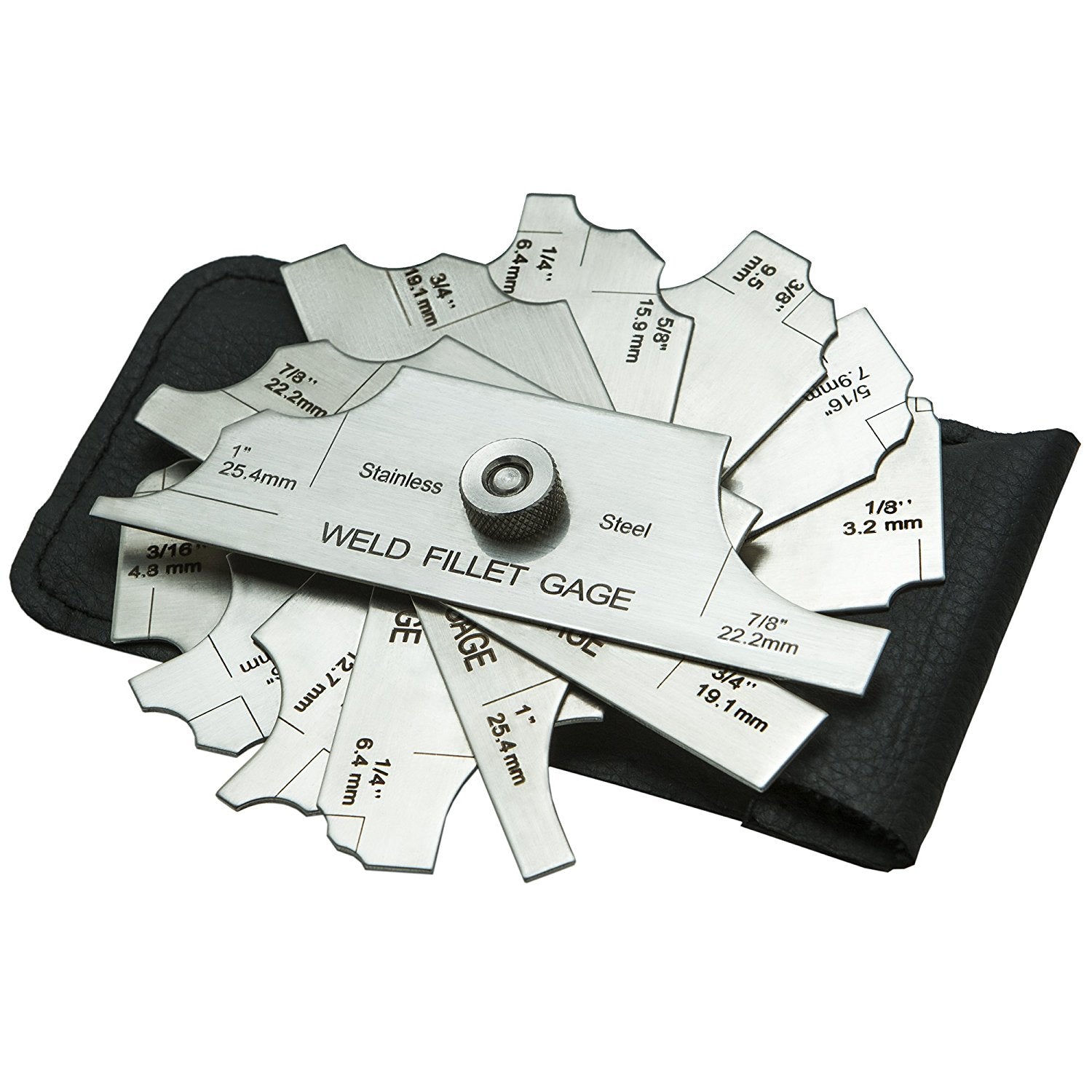Fillet Weld Style Methods: Maximizing Joint Performance and Looks for Structural Stability
In the realm of architectural engineering and construction, the importance of fillet weld style techniques can not be overstated. By thoroughly considering elements such as weld account optimization, material selection, joint prep work strategies, welding process effectiveness, and aesthetic improvement designers, methods and producers can achieve a harmonious equilibrium in between capability and look in their bonded structures.
Weld Account Optimization


Achieving an optimal weld account involves a careful consideration of elements such as product thickness, joint configuration, welding position, and preferred welding speed. In addition, the option of proper welding specifications, such as voltage, present, and travel rate, is basic in managing the shape and measurements of the fillet weld. Utilizing sophisticated welding techniques, such as pulse welding or robotic welding, can additionally improve the weld profile to meet details design needs and high quality requirements.
Basically, weld account optimization is an essential element of fillet weld design that directly influences the overall performance and integrity of bonded joints in structural applications.
Product Selection Factors To Consider
When considering product option for fillet weld design, the compatibility of the base metals is a critical element influencing the architectural integrity of the joint. It is necessary to select materials that not only bonded with each other properly but also possess comparable mechanical residential properties to ensure the tons is equally distributed between the base and the weld steels. Welding materials with greatly various properties can result in concerns such as stress and anxiety focus, premature joint failure, or splitting.
In addition, the setting in which the welded structure will run have to be considered when selecting products. Factors like rust resistance, temperature fluctuations, and exposure to chemicals can all influence the durability and performance of the weld joint. By selecting products that are appropriate for the designated application and setting, the total resilience and reliability of the welded joint can be considerably boosted.
For that reason, complete factor to consider of material compatibility and environmental variables is paramount in guaranteeing the weld joint's toughness, durability, and overall architectural integrity.

Joint Prep Work Techniques
Taking into consideration the crucial duty material choice plays in ensuring the architectural integrity of fillet weld joints, it is important to implement specific joint preparation methods that optimize the connection between the base steels. Joint prep work is a critical step that directly influences the top quality and stamina of the weld. One basic technique is the cleaning of base steels to remove any pollutants like rust, oil, or paint that might a knockout post endanger the weld's honesty. This can be achieved via approaches such as grinding, wire cleaning, or chemical cleaning.
Additionally, tack welding the parts in area before the final weld assists maintain placement and decreases distortion throughout the welding process. By carefully adhering to these joint preparation strategies, welders can improve the overall efficiency and aesthetic appeals of fillet weld joints while guaranteeing architectural strength.
Welding Process Efficiency
Reliable welding processes are vital for attaining optimum efficiency and high quality in fillet weld manufacture. Processes like gas metal arc welding (GMAW) and flux-cored arc welding (FCAW) are typically utilized for fillet welds due to their convenience and speed.
Routine calibration of welding makers, assessment of consumables, and maintenance of welding torches can avoid downtime and rework, ultimately conserving time and sources. Trained welders are much more proficient at adjusting parameters, repairing concerns, and preserving constant weld quality.
Visual Improvement Techniques
To maximize the quality of fillet weld construction, applying visual enhancement methods can play a critical role in ensuring accuracy and accuracy during the welding process. Aesthetic help such as weld dimension determines and multiplying lenses can aid in examining weld accounts and measurements precisely. By integrating these visual enhancement approaches right into the welding procedure, welders can accomplish not only structurally sound view website fillet welds but also aesthetically enticing outcomes that satisfy market standards.

Final Thought
In conclusion, enhancing fillet weld layout includes mindful consideration of weld account, product selection, joint preparation, welding procedure efficiency, and visual improvement approaches. By implementing these methods, architectural integrity can be improved while likewise attaining visual appeal. It is very important to focus on both efficiency and looks in fillet weld style to make certain the overall quality and toughness of the joint.
By meticulously considering aspects such as weld account optimization, product selection, joint preparation methods, welding process efficiency, and visual enhancement engineers, methods and fabricators can accomplish a harmonious balance between functionality and look in their bonded frameworks.In the world of fillet weld style, enhancing the weld account plays a critical role in ensuring structural honesty and efficiency. The weld profile, which includes the dimension and form of the weld cross-section, straight affects the distribution of stress and load-bearing ability within the joint. It is essential to pick products that not only bonded with each other successfully however also have comparable mechanical properties to make certain the lots is evenly dispersed Click This Link in between the weld and the base metals - Gauge Fillet Weld.In conclusion, maximizing fillet weld style involves mindful factor to consider of weld profile, product choice, joint preparation, welding procedure effectiveness, and visual improvement techniques